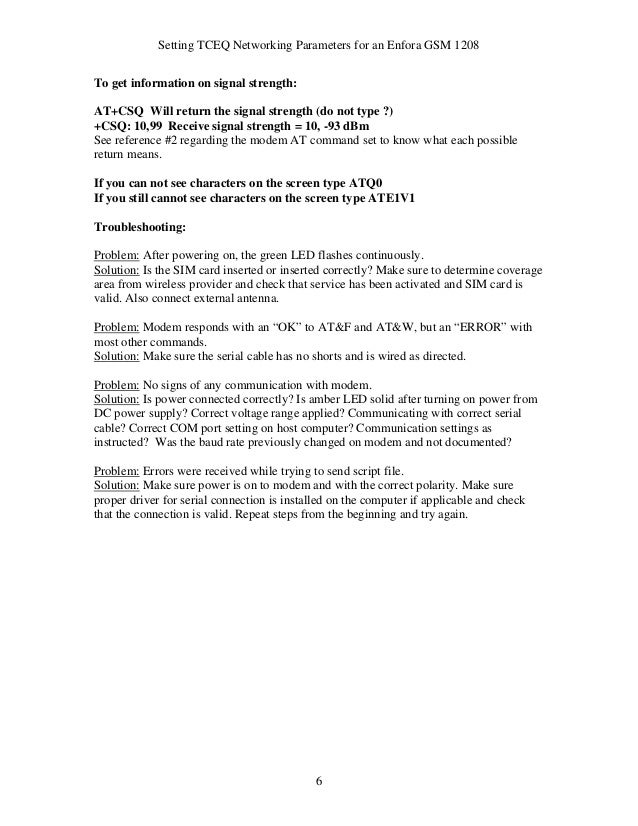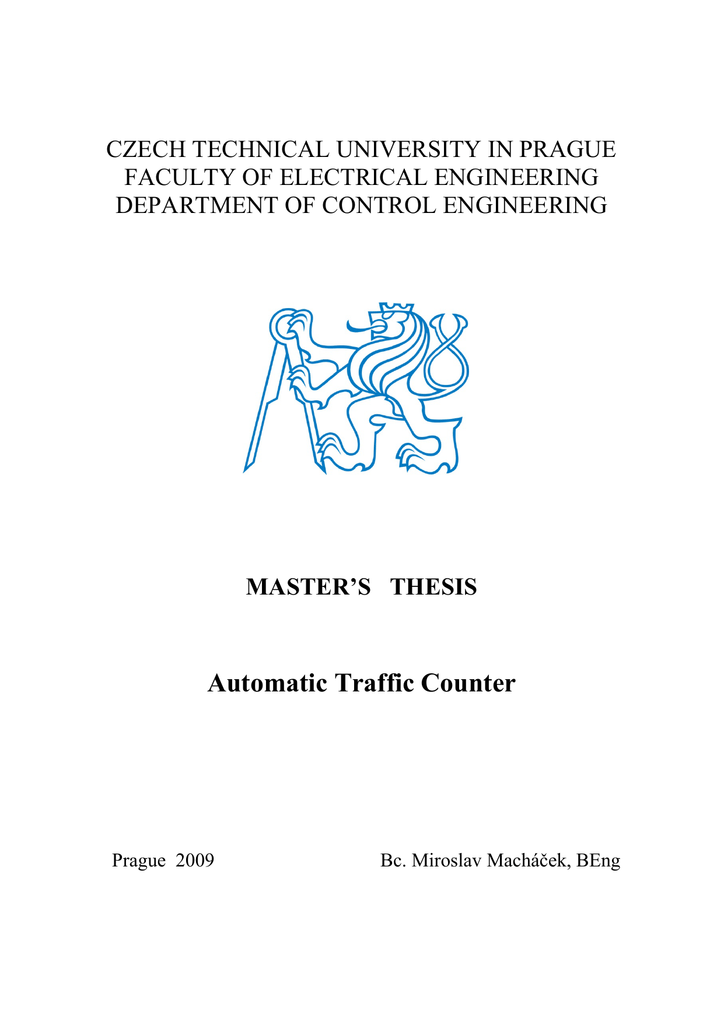Software Licensing Agreement
Use of this Software is governed by the terms defined in this Software Licensing Agreement.
Discover the new possibilities with the new range of EVOO tablets, smartphones and laptops. EVOO tablets, Evoo laptops, Evoo smartphones. Local Printer Install (USB) To install the driver: Plug in the printer via USB to the PC and turn it on. If prompted to install drivers, cancel. Run the downloaded Seagull Driver installer, which will extract the drivers to a folder called Seagull on your C:/ drive. You may choose a different folder if required. The USB-MIDI Driver is for use with Studio Manager V2 Host, Editor, PM1D Manager and DME Designer. Be sure to use the latest versions of the software available on this Yamaha Pro Audio site.
FTDI USB drivers (version 2.08.30) Note: since this is not signed, drivers will not install automatically in Windows Vista and Windows 7/8/10, let if fail when you connect it and then go to the device manager and choose to update drivers (right click on CANUSB). In Windows 8/10 you also need to read this post. Such drivers are usually provided by IHVs and are optional. There can be any number of upper-level filter drivers for a device. An upper-level device filter driver adds value for a particular device. For example, an upper-level device filter driver for a keyboard could enforce additional security checks. An upper-level class filter driver adds.
Article 1 License
Licensee is granted the right to use this software, including the information recorded or described on the CD-ROM and in the instruction manual and any other media provided to the Licensee (collectively 'Software'), but all applicable rights to copyright or intellectual property in the Software are not transferable to the Licensee.
Article 2 Use by a Third Party
Licensee may not transfer or allow any third party, to use or copy the Software, whether free of charge or not.
Article 3 Restrictions on Copying the Software
Licensee may make a single copy of the Software in whole or in part solely for backup purposes.
Article 4 Computer
Licensee may install and use the Software on more than one computer owned or managed by Licensee. However, such use is restricted to only applications involving the projector.
Article 5 Reverse Engineering, Decompiling or Disassembly
Licensee may not reverse engineer, decompile or disassemble the Software. Panasonic shall not be bound by warranty for any defects in the Software caused by License's reverse engineering, decompiling or disassembly of the Software. Furthermore, Panasonic or its distributors or dealers will not be responsible for any damage to the Licensee caused by Licensee's reverse engineering, decompiling or disassembly of the Software.
Article 6 After-sales Service
If a problem should occur with the Software while Licensee is using the Software, Licensee should notify Panasonic of the problem by telephone or letter. Panasonic shall undertake to notify Licensee of whether the problem is a known error in the program ('bug'), or whether the way in which the Software is to be used should be modified. Furthermore, the Software is subject to revision without prior notice.
Article 7 Indemnification
Panasonic's liability with respect to this Software is limited to the conditions defined in Article 6 herein. Panasonic or any of its distributors or dealers shall not be liable for any damage suffered by Licensee, either directly or through claims from a third party, arising from or in connection with Licensee's use of the Software. Furthermore, Panasonic makes absolutely no warranty for the use of this Software for any purpose other than for applications associated with the projector with which this Software is bundled.

Article 8 Export Control
Licensee agrees that the Software will not be shipped, transferred or exported into any country or used in any manner prohibited by the United States Export Administration Act or any other applicable export laws, restrictions or regulations (collectively the 'Export Laws'). In addition, if the Software is identified as export controlled items under the Export Laws, Licensee represents and warrants that Licensee is not a citizen, or otherwise located within, an embargoed nation (including without limitation Iran, Syria, Sudan, Cuba and North Korea) and that Licensee is not otherwise prohibited under the Export Laws from receiving the Software. All rights to Use the Software are granted on condition that such rights are forfeited if Licensee fails to comply with the terms of this Agreement.
Wireless Manager uses the following software:
Portion of this software are based in part on the work of the Independent JPEG Group

Do you accept all the terms of the preceding License Agreement?
If you agree, downloading will begin.
Today we will see how to list USB devices in Linux and their properties such as speed, BUS, class, type details etc. This is part of our on going hardware detection series. We already covered following stuff.
What is USB?
USB(Universal Serial Bus) is a stranded developed to replace different types of BUS’s available. This is a solution devices to eliminate vendor lock-down of hardware ports, so that BUS’s will be identical across different devices from different vendors. USB devices solve one more problem i.e. speeds. USB devices can reach up 5GB/s as of this writing where as PCI and serial devices have less speeds. Depending of USB firmware, it’s categorize in to USB 1.0, USB 2.0, USB 3.0. USB have competitor in the from of Thunderbolt interface.
As a Linux User/administrator we should know USB bus details as well as devices connected. In this post we will see how to use lsusb command to display different USB properties.
Example 1: List all the USB ports available
Output:
Enfora Lp Usb Devices Driver Win 7
Let us try to understand above output in detail.
Bus 002Device 003: ID 0781:5567SanDisk Corp.Cruzer Blade
Bus 002 : This is bus number where SanDisk USB stick is attached.
Device 003: This is the third device attached to bus 002, the other two devices are “Linux Foundation 2.0 root hub” and ” Intel Corp. Integrated Rate Matching Hub”
ID 0781:5567 is the number given to this SanDisk, The number before : indicates the manufacture ID and number after : indicates device ID. To get more info on this visit Linux-USB site.
SanDisk Corp. Cruzer Blade is the name of manufacture and device name.
Example 2: Check how many USB ports available in your machine so that we can connect USB devices to these ports.
Output:
These ports may be internal or external to the system.
Example : Get detailed information of a USB device connected to a machine. Suppose I want to see information about /dev/bus/usb/002/005 device use below command
Output:
To know each of these types, click here.
Example 3: Get all the USB ports available and devices connected using verbose mode.
Clipped output:
Example 4: List all mass storage devices in your system.
Examples Of Usb Devices
Output:
From the above output we can find that there are total three USB storage devices present on the machine.
Example 5: Find USB devices protocol version.
Output:
Depending on the version, the speed varies. Below table give you clear idea about the speeds associated with these versions.
| USB 1.10 | 12Mb/s |
| USB 2.00 | 480Mb/s |
| USB 3.00 | 5Gb/s |
Example 6: Find USB device supported speeds by using tree structure option
Otuput:
In our next post we will see other hardware device properties.
The following two tabs change content below.
- Docker: How to copy files to/from docker container - June 30, 2020
- Anisble: ERROR! unexpected parameter type in action:
